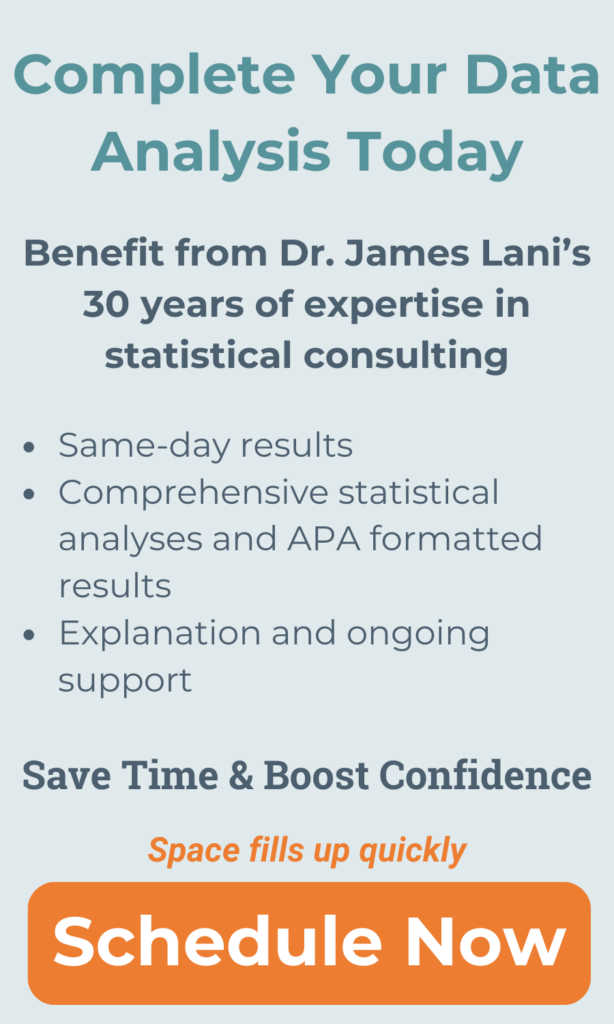Children’s Manifest Anxiety Scale (CMAS)
The Children’s Manifest Anxiety Scale, or CMAS, was developed to evaluate the nature and the degree of anxiety in children and adolescents. Subscales for the instrument include: Physiological Anxiety, worry-oversensitivity, social concerns, total anxiety, and lies. The current edition of the instrument is the revised edition RCMAS. The revised edition allows for the instrument to be an objective measure used by group administration, to cover more areas of anxiety, to treat between uni-dimensional or multidimensional, to be more diverse, to take minimal time to administer (10 to 15 minutes) and to be valid.
The test is a self-report specifically made for use by children and adolescents from 6-9 years. The test consists of 37 items with only yes and no options to answer. Total anxiety is comprised of the first 28 items and the Lie Scale is the last 9 items.
Author
Cecil R. Reynolds & Bert. O. Richmond
Reliability and Validity
Reliability for the scale is not consistent, varying between ages and subscales. For black kids under 6 years, alpha coefficients were .41-.39. The Lie Scale has a reported alpha rating of .77 with older children (Reynolds & Richmond, 1994). Test should be used cautiously when participant is under the age of six. Test-retest correlation for the Total Anxiety scale is reported at .68 and .58 for the Lie Scale (Reynolds, 1981). Reynolds reported significant correlation with the State-Trait Anxiety Inventory for Children, .78 (Trait scale) and .08 (State scale). Also, there is a high correlation rating with the Walker Problem Behavior Identification Checklist.
Where to Purchase
Administration, Analysis and Reporting
Intellectus Consulting can assist the student or professional researcher in administering the survey instrument, collecting the data, conducting the analyses and explaining the results.
For additional information on these services, click here.
References
Covington, Martin V. (2000). Goal theory, motivation, and school achievement: An integrative Review. Annual Review of Psychology, 51, 171-20
Reynolds, C. R. (1980). Concurrent validity of What I Think and Feel: The Revised Children’s Manifest Anxiety Scale. Journal of Consulting and Clinical Psychology, 48, 774-775.
Kanfer, R., Ackerman, P.L. (2000). Individual differences in work motivation: Further explorations of a trait framework. Applied Psychology, 43(3), 470-483.
Reynolds, C.R., & Richmond, B.O. (1994). Revised Children’s Manifest Anxiety Scale.Manual. Los Angeles: Western Psychological Services.
Reynolds, C. R. (1985). Multitrait validation on The Revised Children’s Manifest Anxiety Scale for children of high intelligence. Psychological Reports, 56, 402.
Reynolds, C. R. & Richmond, B. O. (2005). What I think and feel: A revised measure of children’s manifest anxiety. Journal of Abnormal Child Psychology, 6, 271-280.
Kathleen D. Paget and Cecil R. Reynolds. Dimensions, Levels and Reliabilities on the Revised manifest Anxiety Scale With Learning Disabled Children. Journal of Learning Disabilities, Vol. 17, No.3, 137-141
Sean Perrin and Cynthia G. Last (1992). Do childhood anxiety measures measure anxiety? Journal of Abnormal Child Psychology, Vol. 20, Number 6, 567-578.

If you’re like others, you’ve invested a lot of time and money developing your dissertation or project research. Finish strong by learning how our dissertation specialists support your efforts to cross the finish line.
